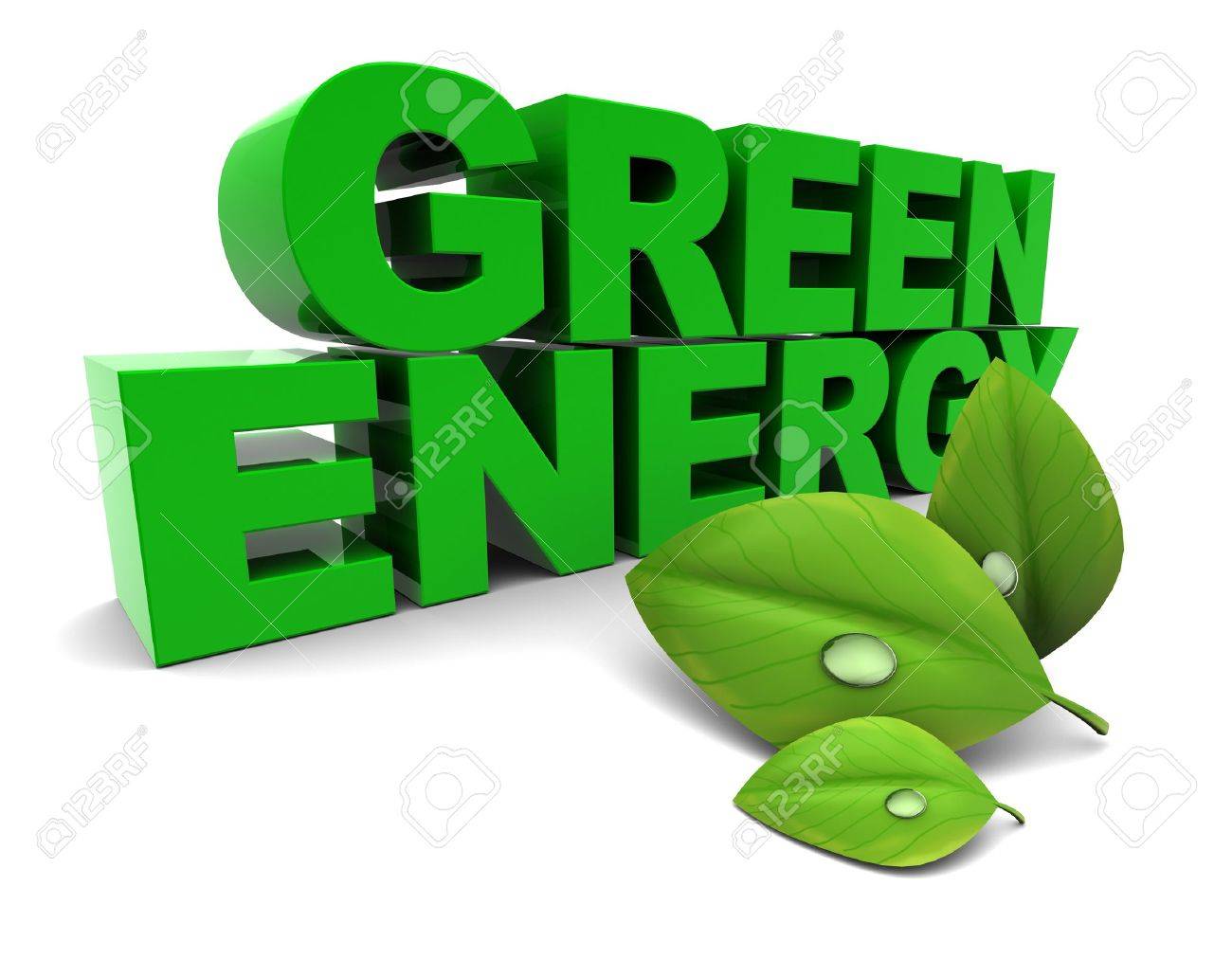
2021 renewable energy industry outlook

Updated on: 13/09/2021
Exploring renewable energy trends and the impact of COVID-19
The potential for increasing renewable energy demand, combined with the electrification of transportation and industrials and oil and gas companies’ increased participation in the electricity value chain, is accelerating industry convergence. Explore how these trends could help foster collaboration and what the year ahead may look like for the renewable energy industry.
Accelerating energy industry convergence
In 2020 states, cities, utilities, and businesses continued to announce or pursue decarbonization plans, despite the onset of a global pandemic and an economic recession. Even without a direct incentive for green infrastructure development in the economic stimulus measures passed in response to COVID-19, clean energy demand in the United States proved resilient as renewables and storage recorded declining costs and rising capacity and usage factors. What’s more, renewables edged out other electricity generation sources when electric demand fell this year. As of early December, the share of renewables had exceeded that of coal in generation for 153 days compared with 39 days in 2019. According to the US Energy Information Administration (EIA), electricity consumption will likely fall by 3.9% year over year in 2020 and increase 1.3% in 2021.
Renewable growth may accelerate in 2021 as the new administration starts to execute on a platform that includes rejoining the Paris Climate Accord, investing $2 trillion in clean energy, and fully decarbonizing the power sector by 2035 in order to achieve a larger goal of net-zero carbon emissions by 2050. A new administration is expected to wield its executive authority to facilitate the deployment of renewables. This may include powers over emissions, public lands, procurement, foreign relations, trade, and agency appointments.
For an industry that has focused heavily on solar and wind, supportive federal actions could help progress timelines for further expansion into new technologies, including advanced batteries and other forms of storage, offshore wind, and green hydrogen technology. As these new technologies, especially green hydrogen production and storage, move toward commercialization, we may see more power-to-x projects to store, convert, and reconvert surplus solar and wind power into carbon-neutral fuels and chemicals.
The potential for increasing renewable energy demand, as well as the electrification of the transportation and industrial sectors and oil and gas companies’ plans to increase participation in the electricity value chain, are accelerating energy industry convergence. These trends may foster collaboration that gives rise to new business models and helps advance the energy transition.
The year ahead for the renewable energy market
As the timeline to commercialize green hydrogen and new storage technologies accelerates, more power-to-x projects may emerge at the intersection of the power sector and adjacent industries. The resulting increased participation of multiple cross-sectoral players may accelerate energy industry convergence and increase deal activity across the electricity value chain.
Battery storage business models could proliferate at the front of the meter due to increasingly efficient hybrid projects, as well as behind the meter thanks to FERC’s recent order enabling distributed energy resources to participate in wholesale markets. In addition to state initiatives, federal support may help the offshore wind sector overcome the complexity of multiple permit levels that can cause potential delays. Finally, the renewables industry is expected to become increasingly resilient as it invests in safeguarding technology and data from cyberattacks and in mitigating the risks of supply chain disruption via onshoring and digitization.
Energy and industrials trends in 2021
Our industry outlook collection, covering oil, gas, and chemicals; power, utilities, and renewables; and industrial products and construction, evaluates sector landscapes to help executives better plan for success and unforeseen challenges.
Source: https://www2.deloitte.com/us/en/pages/energy-and-resources/articles/renewable-energy-outlook.html
Send a Message
Contact Us
Office location
Santa Clara, CaliforniaGive us a call
(408) 483-3992Send us an email
[email protected]Other website
iqgtech.com/